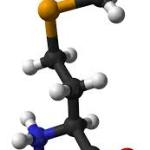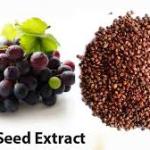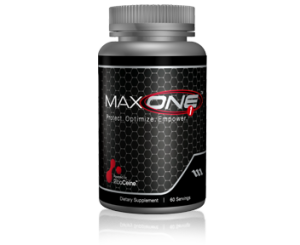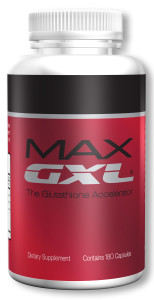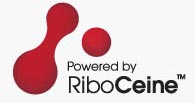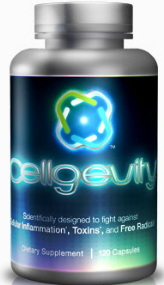Together, these network antioxidants play a vital role in protecting our cells from premature aging.
Free radicals are unstable atoms that damage our body’s cells and tissues. They are caused by environmental factors such as pollution, radiation, and tobacco smoke, as well as internal factors like stress and poor diet. Free radicals can cause oxidative stress which leads to inflammation and chronic diseases such as diabetes, cardiovascular disease, cancer, Alzheimer’s disease and more.
Antioxidants neutralize free radicals by donating an electron to them. This process stops the free radical from damaging other cells in the body. As we age, our natural antioxidant levels decrease which makes us more susceptible to oxidative stress.
The network antioxidants work together synergistically to provide greater protection than any of them would alone. For example, Vitamin C regenerates Vitamin E after it has donated an electron to a free radical. Similarly, Glutathione also recycles Vitamin C back into its active form after it has donated electrons.
CoQ-10 is a powerful antioxidant that is essential for energy production in our mitochondria – the powerhouses of our cells. It protects against mitochondrial damage caused by free radicals which can lead to energy depletion and cell death.
Vitamin E protects the fatty cell membrane from oxidation caused by free radicals while also working with CoQ-10 to protect mitochondrial membranes too. This helps maintain their integrity so they can continue producing ATP -the primary source of cellular energy.
ALA is unique because it’s both fat-soluble and water-soluble making it able to work throughout the entire body – even crossing into the brain where it may help protect against neurodegenerative diseases like Alzheimer’s disease.
Glutathione plays a critical role in detoxifying harmful substances such as heavy metals or toxins produced during metabolic processes within cells that could lead to DNA damage if not removed properly.
Together these five network antioxidants act like an army protecting your cells from damage caused by free radicals. They work together to neutralize free radicals and prevent oxidative stress which leads to inflammation, chronic disease and premature aging.
So how can you ensure your body has enough of these vital network antioxidants?
First, a healthy diet is essential. Foods rich in antioxidants include fruits, vegetables, whole grains, nuts and seeds. Consuming a variety of colorful fruits and vegetables provides different types of antioxidants that work together to protect cells.
Supplements can also be beneficial especially for those who have an increased need for antioxidants due to age or chronic illness. However it’s important to speak with your healthcare provider before starting any supplement regimen as they may interact with other medications or health conditions. Once you’ve done that, consider a glutathione precursor like OGF.
In addition to diet and supplements there are other lifestyle factors that can help maintain optimal levels of network antioxidants such as exercise, stress reduction techniques like meditation or yoga, getting enough sleep each night (7-9 hours), avoiding smoking and limiting alcohol consumption.
In conclusion the power of network antioxidants is essential in protecting our cells from premature aging caused by oxidative stress. By working together synergistically they provide greater protection than any one antioxidant alone could accomplish. A healthy diet along with regular exercise and proper sleep habits are key components in maintaining optimal levels of these important nutrients. So make sure you are taking care of yourself both inside and out by incorporating the power of network antioxidants into your daily routine!

